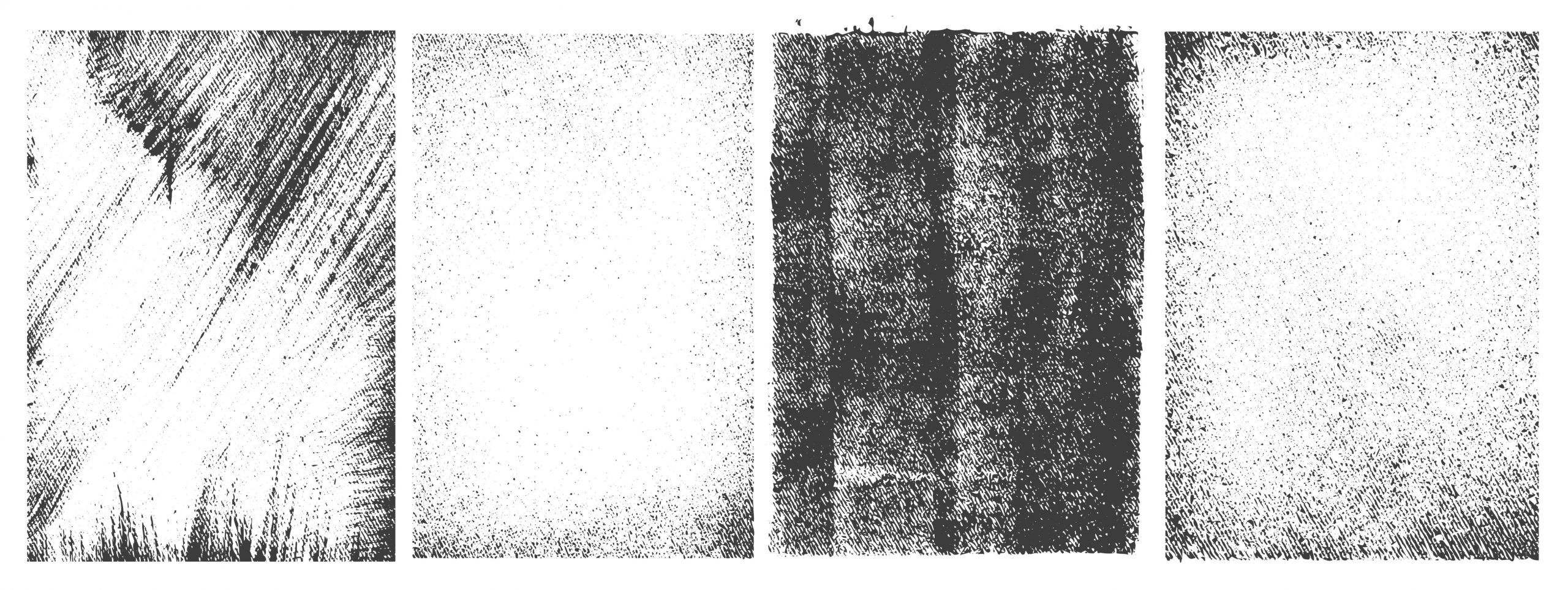Differentiating risk: The association between relationship type and risk of repeat victimization of domestic abuse
Much of the literature on domestic abuse focuses on those in intimate partner relationships or ex-partners, however, in the UK the Home Office definition also includes those in familial relationships. The Domestic Abuse, Stalking, and Harassment and Honour-Based Violence Risk Assessment assumes homogeneous risk factors across all relationships.
This paper, Differentiating risk: The association between relationship type and risk of repeat victimization of domestic abuse, therefore examines the risk factors for repeat victimization of domestic abuse by relationship type between the victim and perpetrator in a UK police force.
Using police-recorded domestic abuse incident and crime data, a logistic regression model found that the most similar repeat victimization risk profiles for 14,519 victims were amongst partners and ex-partners, with both relationships demonstrating the greatest degree of gender asymmetry, compared with other familial relationships. Physical violence was the strongest predictor of repeat victimization and was a statistically significant predictor for ex-partners, partners, and all familial relationships. Coercive behaviour was also a significant predictor for all relationships apart from partners, but not at the same magnitude as physical abuse.
Recognizing the difference in risk by relationship type may assist the police in deciding the most appropriate response and interventions to reduce the risk of further harm.
For further information please see: https://academic.oup.com/policing/article/doi/10.1093/police/paae024/7641219?login=false
Or contact Ruth at ruth.weir@city.ac.uk
Photo from licensed Adobe Stock library




